
Many animals are on the endangered species list, with roughly 46,300 species of plants, animals, and fungi on the International Union for the Conservation of Nature’s (IUCN) red list. This list makes up 28% of all assessed species worldwide. As these numbers grow, it is important to understand which animals face extinction if government agencies worldwide do not actively protect wildlife and why these animals are at risk.
What is Putting Animals at Risk?
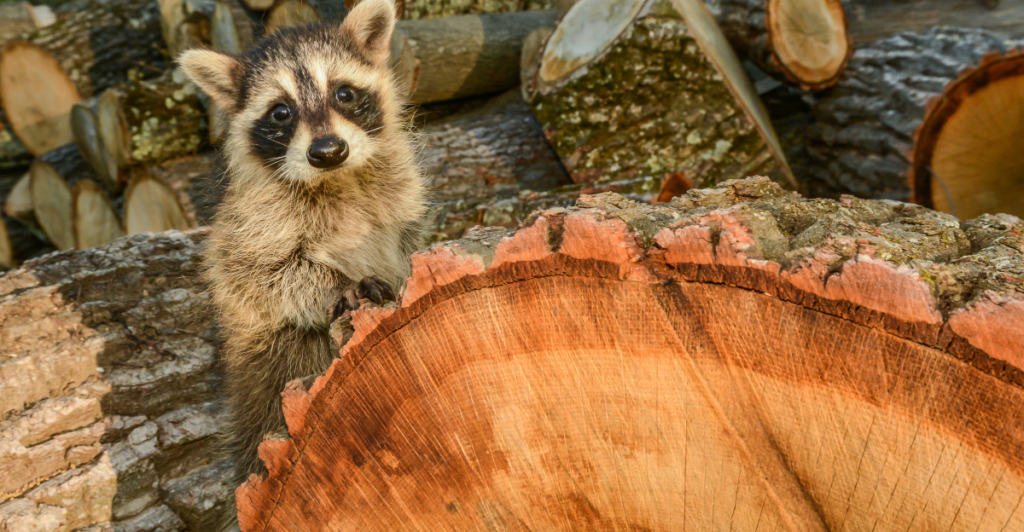
Many scientific studies, including one written by ecologist Stuart L Pimm and botanist and environmentalist Peter Raven in 2000, have indicated that almost half of the world’s species will be extinct by 2100. And what is the biggest threat to these animals? In their paper, Extinction by Numbers, Pimm and Raven suggest that habitat destruction due to human activity is the leading cause of species extinction.
1. Javan Rhinoceros
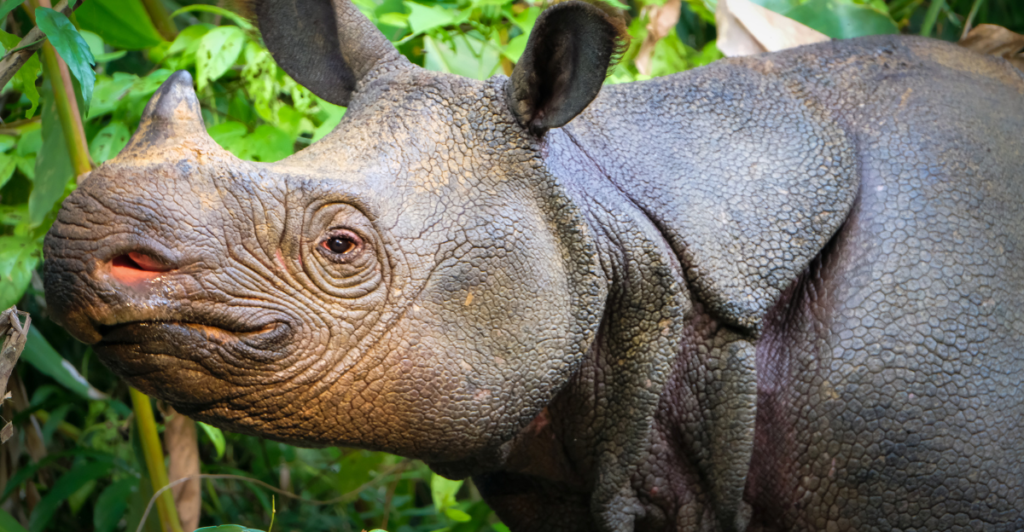
With only about 75 remaining in the wild, the Javan Rhino is considered one of the most critically endangered species in the world. Found primarily in Ujung Kulon National Park in Java, Indonesia, this species is endangered due to hunting activities and habitat loss. Their numbers have declined because their horns are in high demand within traditional Chinese medicinal practices.
2. Amur Leopard
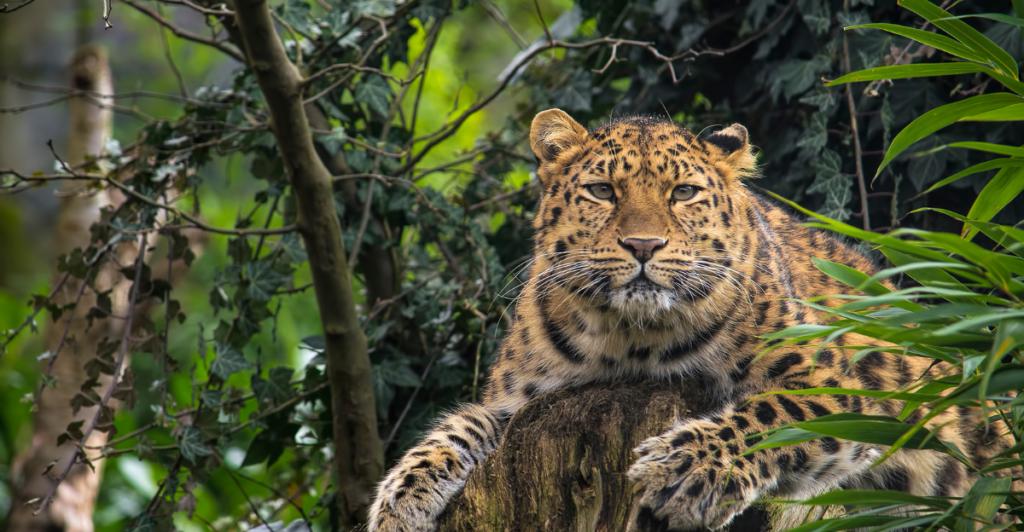
The Amur leopard, also known as the Far Eastern leopard, is critically endangered, with roughly 500 individuals remaining in China and Russia. Protection efforts by the IUCN since 1996 have allowed the number of individuals to increase but not significantly enough to take them off the list. This leopard is at risk as a fast-moving predator due to poaching, habitat loss, slow reproduction and mortality rates, and starvation.
3. Sumatran Tiger
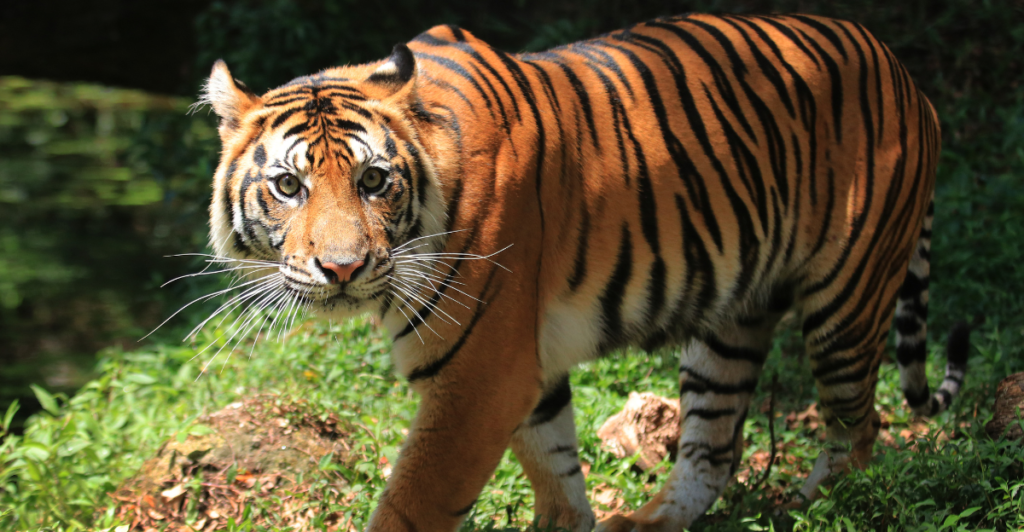
The smallest of the tiger species, the Sumatran tiger can be found in Sumatra, Indonesia. As the last surviving tiger species on the Sunda Islands, they have been critically endangered since 2008, with no more than 600 individuals left. The species faces risks such as hunting and habitat loss. These tigers are in great demand in the illegal trade market as they are valuable in local medicinal practices and as souvenirs.
4. Tapanuli Orangutan
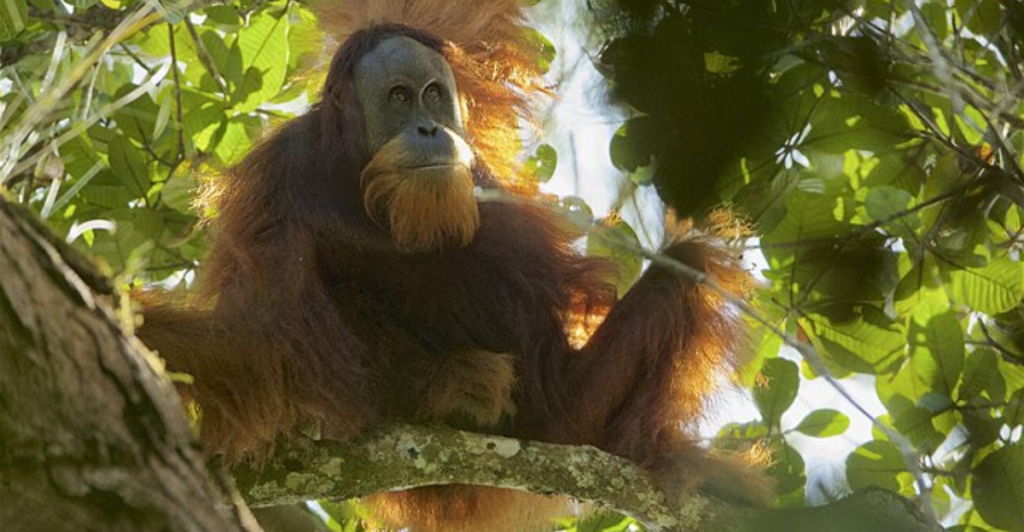
The Tapanuli orangutan is one of the three great ape species in Asia and faces deforestation and habitat fragmentation threats. Primarily found in South Tapanuli on the island of Sumatra in Indonesia, there are an estimated 800 individuals left. Their habitat loss due to deforestation can be attributed to illegal logging, palm oil extraction, mining, and agricultural expansion.
5. Mountain Gorilla
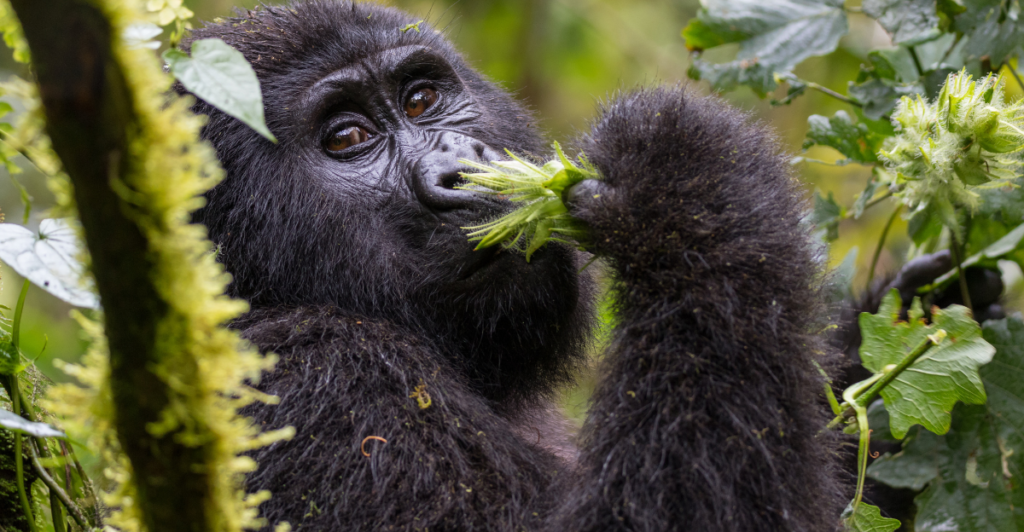
The Mountain gorilla is native to areas around the Congo River in the Democratic Republic of Congo (DRC). There are roughly 1,000 individuals remaining in the DRC, Rwanda, and Uganda. They are threatened by habitat loss, poaching, and disease. This species is hunted for its meat, with more than 20 park guards from the National Park of Virunga being murdered to protect these animals.
6. Yangtze Finless Porpoise

Born without dorsal fins, the Yangtze Finless porpoise is one of two species of dolphin in the Yangtze River in Asia. It is known for its mischievous smile and incredible intelligence, but its numbers are dwindling due to habitat degradation, pollution, and entanglement in fishing gear. There is an estimate of only 1,000 individuals left in the river.
7. Black Rhinos

Perhaps the most famous species for being endangered, Black rhinos are native to Africa, living primarily in Kenya, Namibia, South Africa, and Zimbabwe. There are roughly 5,630 black rhinos left, and they are endangered due to habitat loss and poaching, primarily for their horns, which remain the most significant threat to this species.
8. Sumatran Orangutan
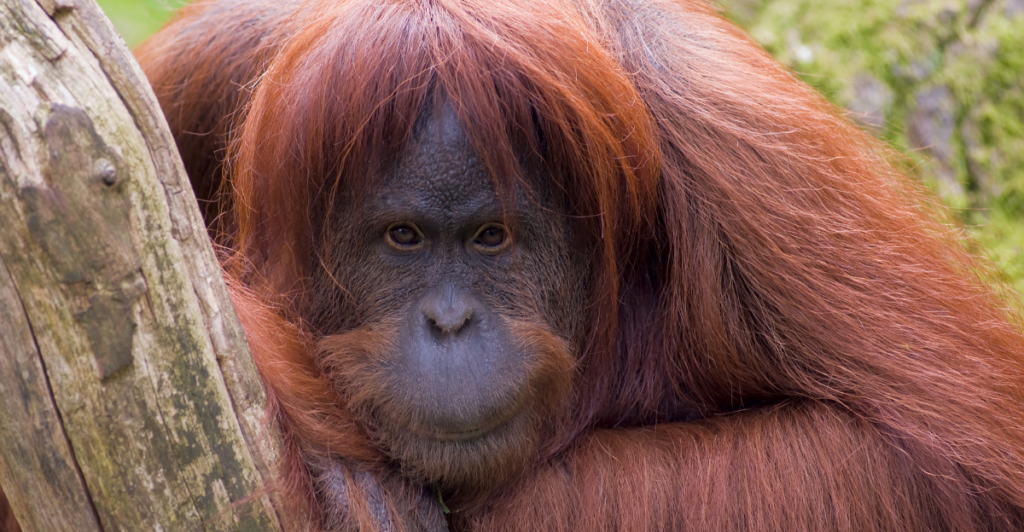
Much like the Tapanuli orangutan, Sumatran orangutans are critically endangered due to deforestation and habitat loss. Roughly 14,000 Sumatran orangutans are left in Sumatra, Indonesia. Their numbers continue to decrease as the country’s rainforests are cleared and palm oil plantations result in fires that further destroy their habitat.
9. Hawksbill Turtles

Native to the Atlantic, Indian, and Pacific Oceans, approximately 23,000 Hawksbill Sea Turtles are left in our oceans. These turtles are threatened by habitat destruction, pollution, poaching, and being caught as bycatch in fishing operations. They are known victims of poaching because of their beautiful, serrated shells, while their habitats face destruction due to the loss of coral reefs through coastal development.
10. African Forest Elephant
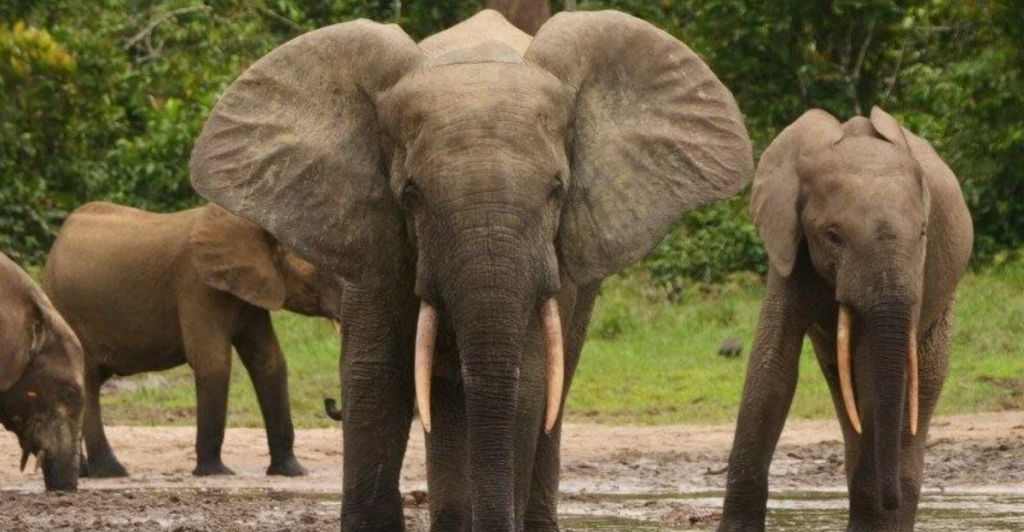
While all three species of elephants are endangered, the African Forest Elephant is considered critically endangered, with only an estimated 30,000 remaining as of 2013. They are native to tropical forests in sub-Saharan Africa, particularly in the Congo Basin. Their numbers are declining due to poaching, habitat loss, and human conflict in the DRC.
Protecting These Animals
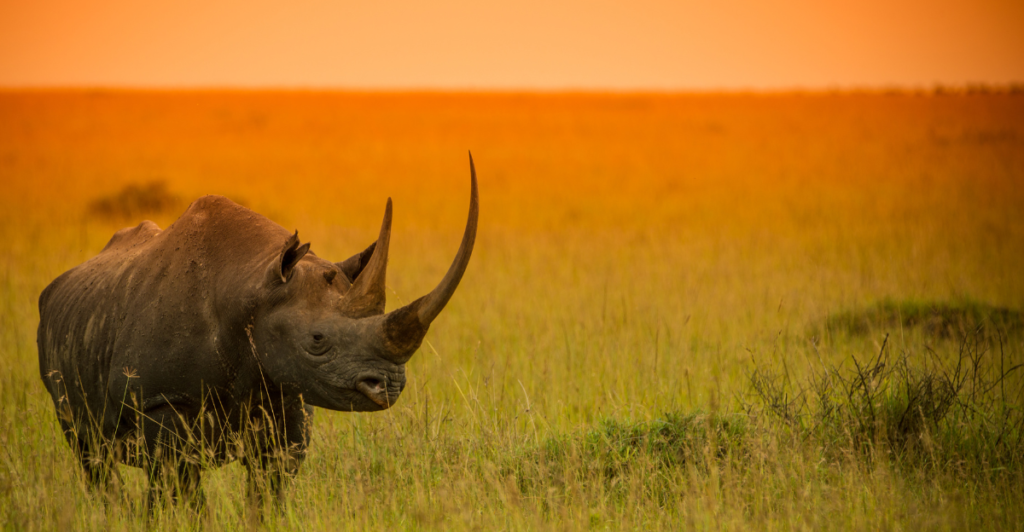
Given that animal extinction rates have increased by 40 times over the last half-century compared to the Industrial Revolution period, protection measures by local governments, conservationists, and communities alike need to be prioritized and put in place with a sense of urgency. This is not new information to us, and we can only hope that it is not too late.
Discover more of our trending stories and follow us to keep them appearing in your feed

Philanthropist Promises To Cover $771.23M Annually After US Exit From Climate Accords
The War on Cows Is Over—And Green Extremists Have Lost
California Is Breaking Apart: A Fault Line Is Forming Faster Than Anyone Predicted
Massive Solar Plant Is Shutting Down Early—Saving Californians Over $500M
References:
Reference 1
Reference 2
Reference 3
This article first appeared here
Stay connected with us for more stories like this! Follow us to get the latest updates or hit the Follow button at the top of this article, and let us know what you think by leaving your feedback below. We’d love to hear from you!







